Top 5 Haptic VR Devices Set to Launch in 2020
Haptic feedback or simply “haptics” is currently one of the fastest growing immersive frontiers in the industry. It entails deploying various technologies to simulate a sense of touch and even texture. Most of the haptic devices currently rely on the deployment of vibrations of physical resistance to engage the wearer’s sense of touch and thereby recreate this in virtual reality.
Haptic devices are finding uses mostly in the enterprise environment and in the virtual reality arcades. Consumer uptake is relatively low as most of the devices are very costly, cumbersome and the implementation is unlikely to appeal to an end user with a headset in their private rooms.
Most of these products are still undergoing research in various labs across the world. Some have already been developed into working prototypes while some are already deployable. This year will see the launch of a number of haptic products.
Dexmo Haptic Gloves
The design for the Dexmo Haptic Glove looks like something straight out of a sci-fi film. It is an exoskeleton with a very refined and superior-looking design as well as functionality. The gloves are also completely wireless which makes them easy to use without being burdened with too much cabling.
The design is compact and with good freedom of movement. The Dexmo Haptic Gloves can track up to 11 degrees of freedom hand motion for each of the hands so they can capture the user’s full hand motion at full dexterity, enabling you to have a realistic finger presence in the virtual environment.
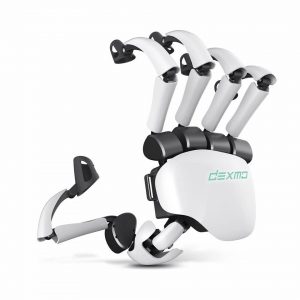
The device is available in three tiers:-
- Low Tier: Get 11 degrees-of-freedom (DoF) as well as a 7-point tactile sensation on both the palms and the fingertips.
- Medium Tier: Get 11 DoF finger-tracking as well as 5-point force feedback on all the fingers.
- High tier: Get 11 DoF finger-tracking along with a 7-point tactile and 5-point force feedback sensations on your fingers.
The Dexmo exoskeleton gloves have been nicely made. The product is targeting the enterprise market such as advanced training applications. The price is thus likely to be very enterprise-oriented. The company is also planning on delivering consumer Dexmo haptic gloves which are likely to be more affordable. You will also need Vive trackers to use these haptic gloves.
The Dexmo haptic gloves are expected to be released in the second quarter of 2020.
BeBop Haptic Gloves
The Forte Data Glove by BeBop Sensors has a simpler design and looks more affordable. It’s a wireless haptic VR/AR glove that works with the Quest headset to deliver an all-in-one Virtual Reality enterprise training solution. The gloves fit easily into a small bag for ease of shipping with no elaborate setup. You can use this on-the-go for your enterprise maintenance and training needs.
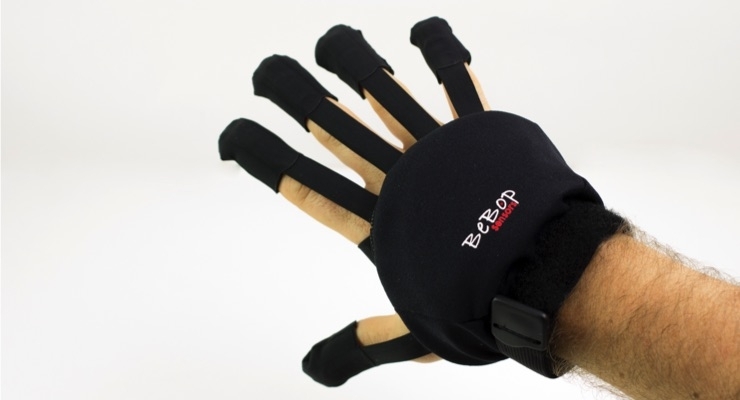
The integrated technology combines both BeBop and Oculus VR technologies. The hand-tracking technology in BeBop Sensors has been integrated with the 3D tracking of Oculus controllers. The SDK and haptic technology of the gloves was also integrated with the Oculus environment. It uses a force-feedback mechanism with actuators that deliver a real feel of the virtual environment.
The BeBop haptic gloves can be ordered from https://bebopsensors.com/order-now.
Teslasuit Full Body Haptic VR Suit
The Teslasuit Full Body VR suit is currently the most technologically advanced VR haptic device in the market, delivering a hyper-accurate representation of sensations ranging from the subtlest touch sensations to the feelings of physical sensation. The Teslasuit haptic suit captures the virtual actions in real-time as they are performed in order to establish the baselines, create programs and also track the improvements over a period of time.
The Teslasuit can also capture the biometrics. It has embedded EDA and ECG sensors that track vitals as well as emotional stress levels to enable users or trainees to demonstrate their ability to perform under pressure.
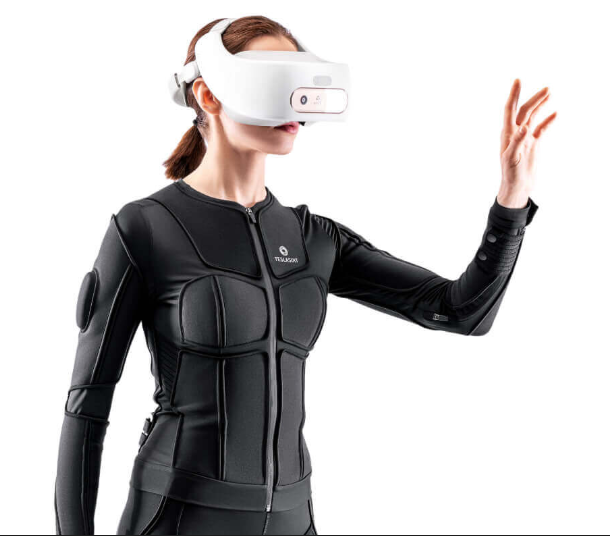
Teslasuit is fairly costly at $5,000 and you must wear it on your birthday suit to enable the electrical signals to reach the nerve endings. The electrical pulses “trick” the nerves into feeling certain sensations.
Teslasuit also has a Virtual Reality glove that goes with the full-body haptic suit known as the Teslasuit Glove. The glove can detect the movements in the wearer’s hands and then provide tactile feedback on the same. The Teslauit Glove can be used in combination with the full-body suit or separately. The glove leverages force feedback, motion capture, biometry and haptics, enabling users to feel the virtual textures.
bHaptics Tactot Vest
The bHaptics TacTot Vest is a wearable haptic vest with 40 feedback points which elaborately reproduce and deliver the feeling that you experience from the Virtual Reality content over the entire torso. It allows for a quick suit up. You can zip it up, strap it in and immerse yourself into the action in just 5 seconds.
The bHaptics TacTot Vest has a detachable mesh lining which can be separated, washed and even be replaced with a new mesh lining. The vest is a one-size-fits-all; it can be adjusted with a strap in sizes ranging from 26 to 50 inches. Its Li-ion Rechargeable Lithium Ion battery can offer users up to 15 hours of play time.
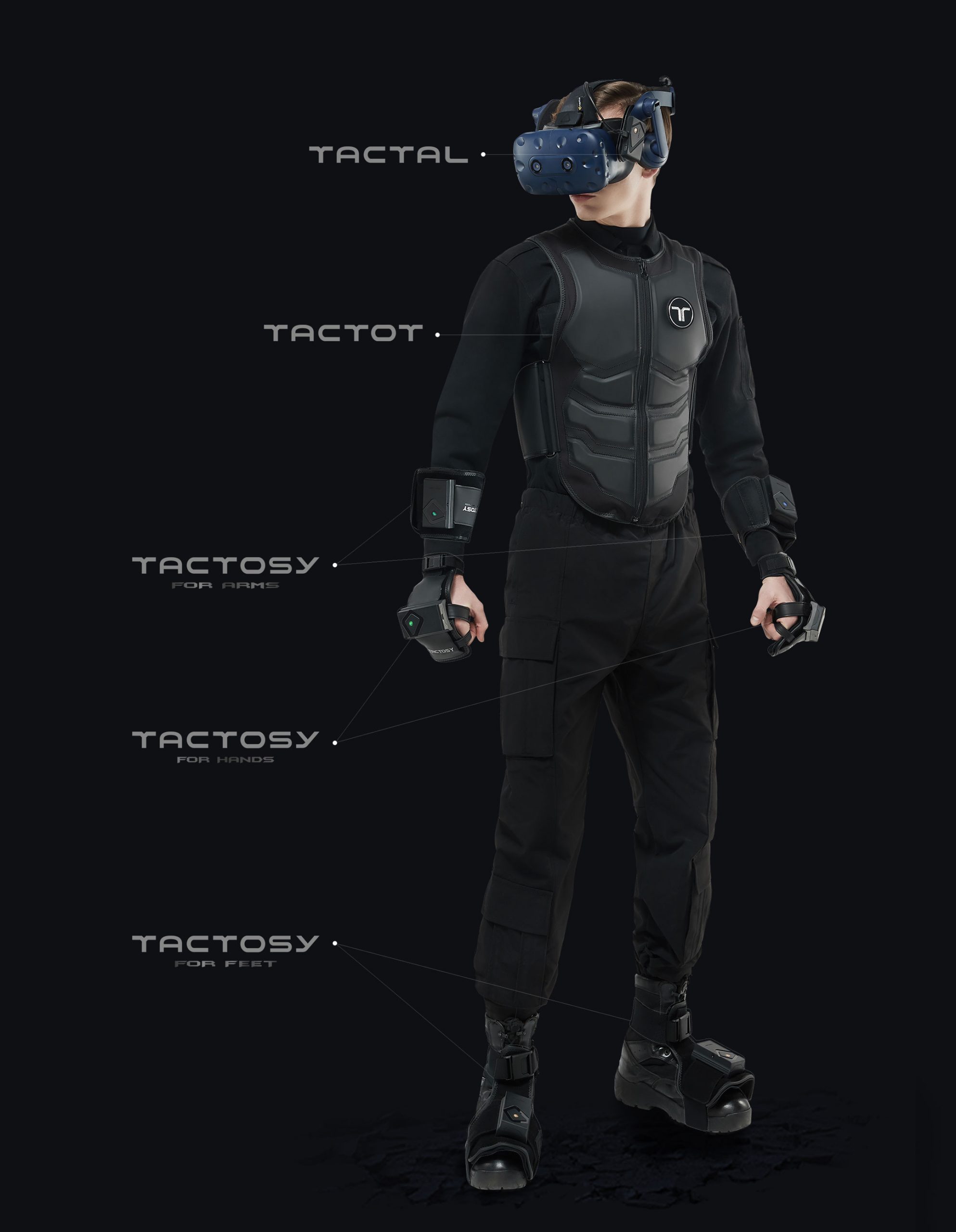
Apart from the tactsuit, there are other accessories that you can purchase to get a full haptic experience from head to toe. The full component includes the Tactal facial interface, the Tactot haptic vest, Tactosy for arms, Tactosy for hands and Tactosy for feet. Together, these provide the wearer with a more elaborate and diverse sense of touch in virtual reality.
Plexus Haptic Gloves
These work just like the BeBop sensors with haptic actuators in each fingertip. The gloves have a whopping 21 degrees of freedom per hand. There are five tactile actuators-one per finger. It’s compatible with Unreal Engine, C++, Unity and Python.
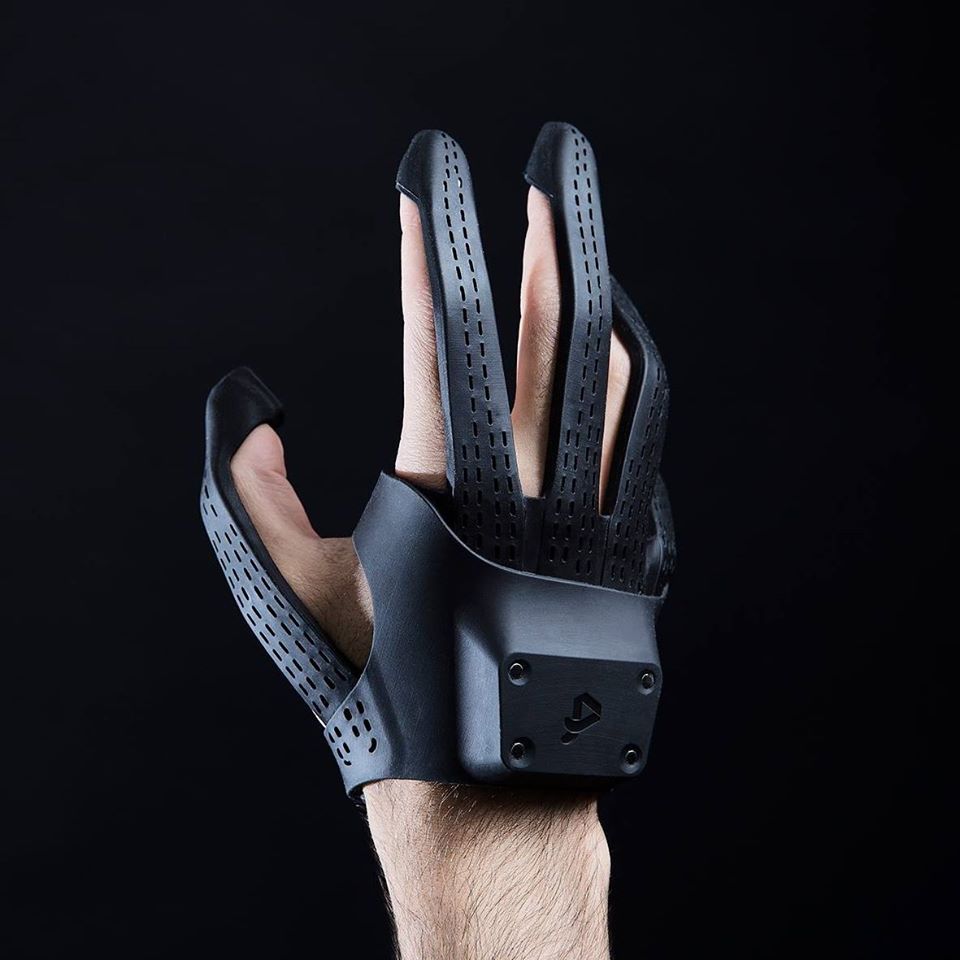
It has VR integration and tracking options for Windows Mixed Reality, Vive and Oculus Rift.
https://virtualrealitytimes.com/2020/02/23/top-5-haptic-vr-devices-set-to-launch-in-2020/https://virtualrealitytimes.com/wp-content/uploads/2020/02/BeBop-Sensors-Forte-Data-Glove-600x324.jpghttps://virtualrealitytimes.com/wp-content/uploads/2020/02/BeBop-Sensors-Forte-Data-Glove-150x90.jpgHapticsHardwareTechnologyHaptic feedback or simply “haptics” is currently one of the fastest growing immersive frontiers in the industry. It entails deploying various technologies to simulate a sense of touch and even texture. Most of the haptic devices currently rely on the deployment of vibrations of physical resistance to engage the...Sam OchanjiSam Ochanji[email protected]EditorVirtual Reality Times - Metaverse & VR
